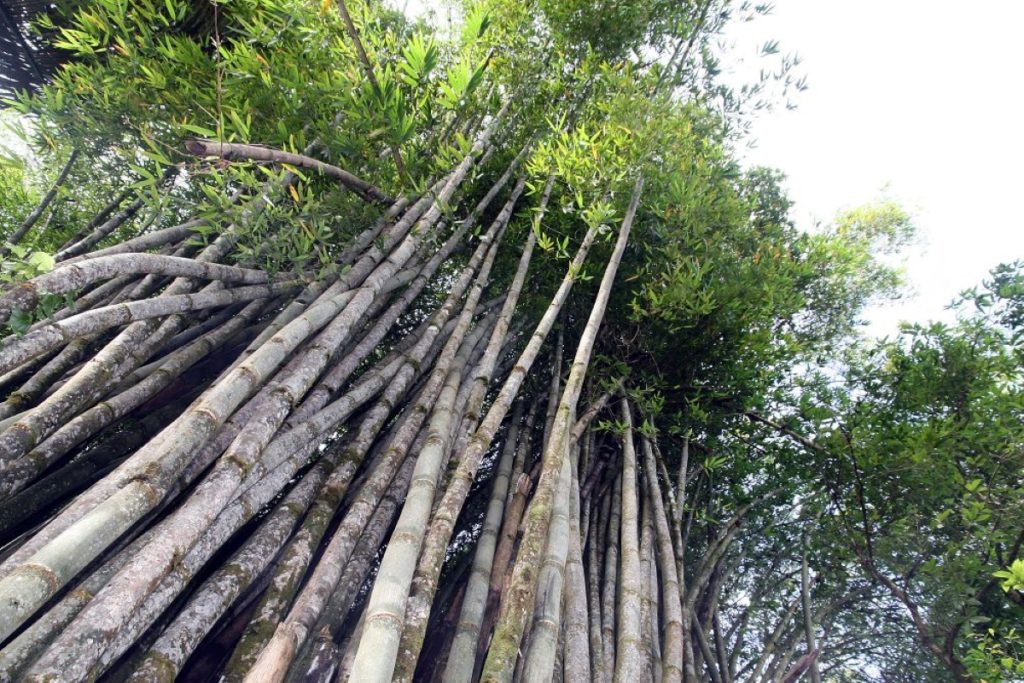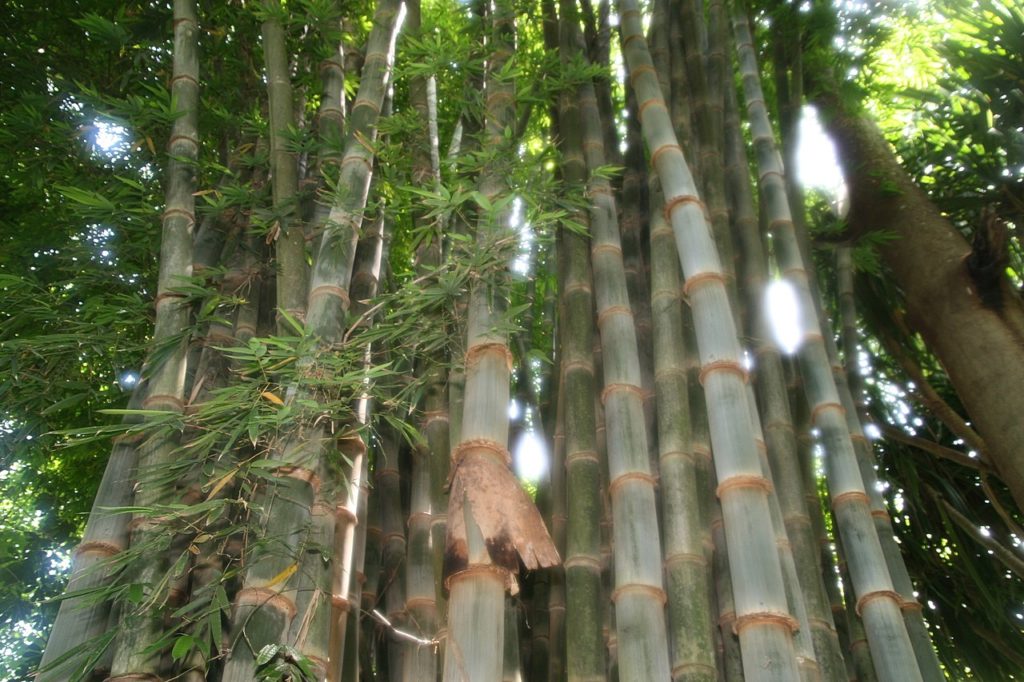Dendrocalamus giganteus, commonly known as giant bamboo, is a giant tropical and subtropical, dense-clumping species native to Southeast Asia. It is the largest bamboo species in the world.

Native to Southeast Asia, particularly in Myanmar and Thailand, this bamboo species is known for its impressive height and robust culms (stems). Giant Bamboo can reach heights of up to 30 meters or more, with a diameter of the culms ranging from 15 to 20 centimeters. The large size and rapid growth of this bamboo make it a popular choice for construction, furniture, and various other applications in regions where it is found.
It has become popular for its various practical applications. Due to its large size and strength, it is commonly used in construction for materials like beams, columns, and scaffolding. Additionally, the bamboo’s thick culms make it suitable for crafting furniture and other items.

Cultivation of Giant Bamboo is done both for commercial purposes and as an ornamental plant in gardens and parks. It is appreciated for its rapid growth, and under favorable conditions, it can achieve significant height relatively quickly.
Propagation of Giant Bamboo primarily occurs through its rhizomes, the underground stems that give rise to new shoots. This method allows the bamboo to spread and establish itself.
Beyond its commercial uses, Giant Bamboo offers ecological benefits. Its fast growth makes it an effective carbon sequestration tool, and its extensive root system helps prevent soil erosion while promoting water retention in the soil.
According to the Internet















